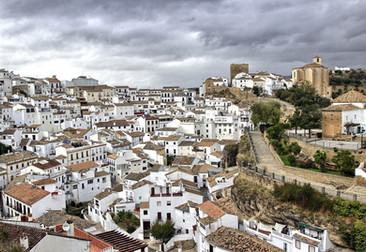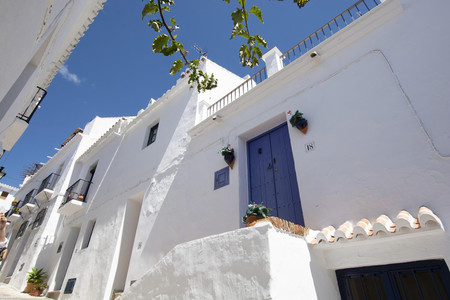Spanish villages carved into the rocks
- cozyandspirit
- Aug 10, 2022
- 2 min read
The Andalusian city of Malaga, Pablo Picasso's birthplace, attracts many tourists every year (especially in summer) thanks to the beaches and the cultural life. However, November is one of the quietest months in Spanish tourism, and the weather is perfect for trips (around 15-20 degrees during the day). And if you get tired of the city after a few days, there are great alternatives for a bit of relaxation and a glimpse of life in Spain's stunningly picturesque rural villages.
Malaga
Setenil de Las Bodegas (94 km from Malaga) is a very special and unique Andalusian village of 2,700 inhabitants, all houses are white and uniform. This particularity is due to the fact that the houses are carved into the rocks along the riverbank. Walking through the streets you can admire the sandstone walls above the houses. There are quite large differences in level between parts of the village, so if you want to explore the whole area, don't be prepared for an easy walk.

Setenil de Las Bodegas
Setenil de Las Bodegas
With Frigiliana (50 km from Malaga) we continue the line of Spanish white villages, narrow little streets, white houses, authentic historical atmosphere, all this is what you get when you visit here. The old Moorish architecture will take you back to historical times.

Frigiliana
Frigiliana
Ojén (50 km from Malaga) is the third white village to host the annual national independent music festival Ojeando (it was suspended during the covid period) The village has many attractions, one of them is the Chorros fountain in the centre of town, which has been flowing water since 1905 and is the symbol of the village. You can also find here the 100-year-old Valdecilla oak, which is 3 metres in diameter and makes an impressive sight. The village is part of a national park and has been declared a Biosphere Reserve by UNESCO for its ecological value.

Ojén
Ojén









































Comments